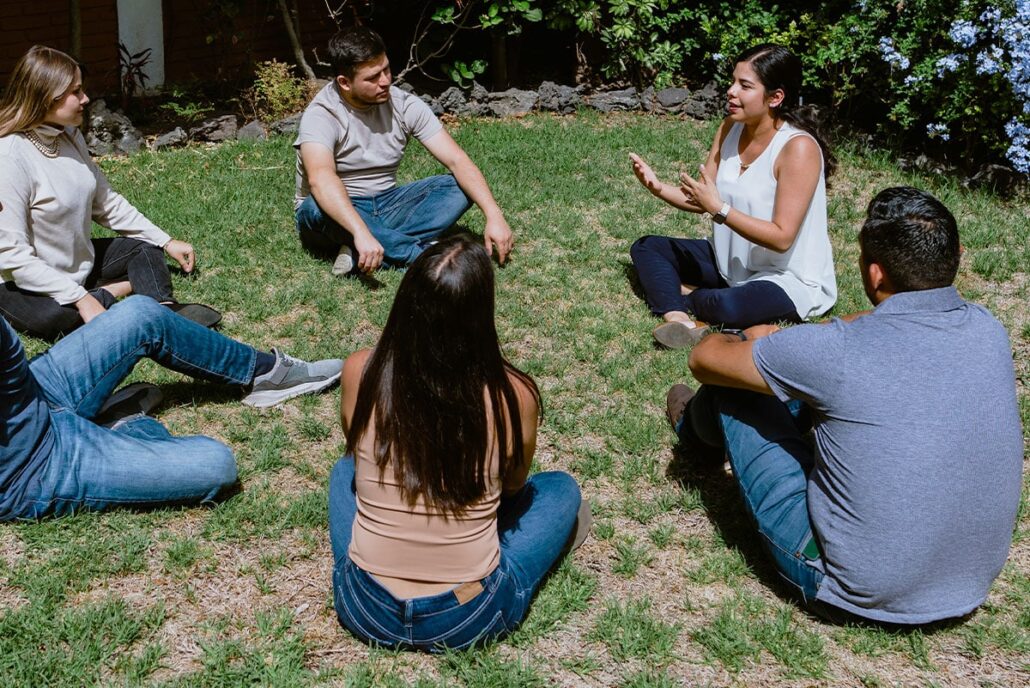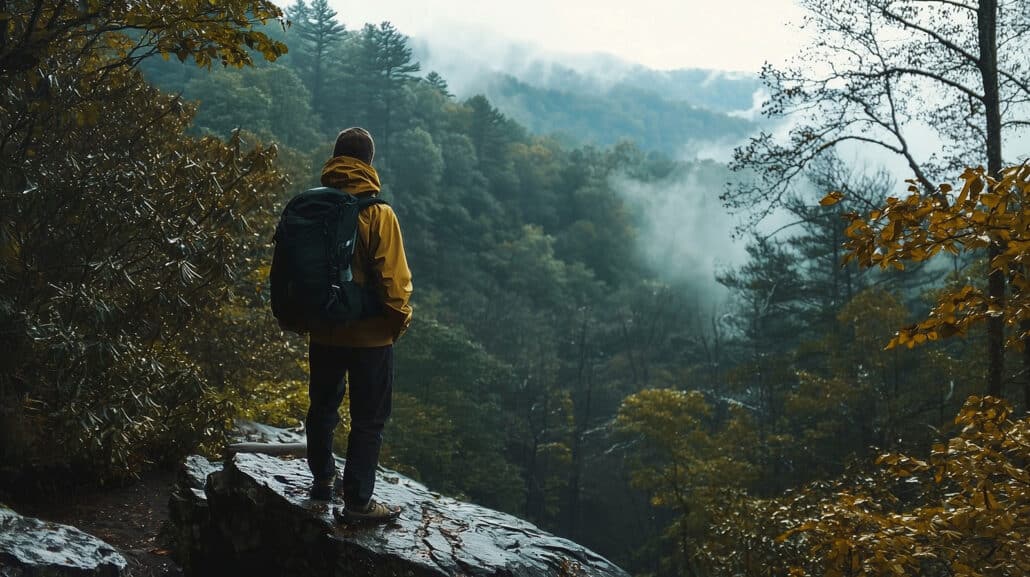Wilderness therapy is also known as “outdoor behavioral healthcare.” This type of therapy takes advantage of the outdoors for helping adolescents and adults address their mental health and behavioral issues. It falls under the umbrella of “adventure-based therapy,” but it was created to address specific things that everyone may find challenging.
Wilderness therapy programs have four goals to accomplish. They are the following:
- Therapeutic Assessment
- Intervention and Treatment of Problem Behaviors
- Safety and Stabilization
- Lasting Change

Table of Contents
- 1 What Does Wilderness Therapy Encompass?
- 2 Is Wilderness Therapy Safe?
- 3 Wilderness Therapy Programs for Older Adults
- 4 Types of Wilderness Therapy Programs
- 5 How Wilderness Therapy Works
- 6 What Is the Difference between Wilderness Therapy and Wilderness Adventure Therapy?
- 7 Who Is Potentially Eligible for Wilderness Therapy?
- 8 Who Is a Good Fit for Wilderness Therapy?
- 9 Conclusion
What Does Wilderness Therapy Encompass?
An Entirely New Environment
This therapeutic process takes place in nature and forces you to think inwardly about the problems you are having so that you can come to new solutions for those issues.
New Challenging Experiences
In a natural environment, you will have challenging experiences, which will cause you to discover new things about yourself to grow. Because of these experiences, you will develop self-efficacy, a growth mindset, grit, and flow.
Development of Relationships That Are Healthy
Wilderness therapy programs give you the opportunity to live with your peers in an environment where you will practice having healthy relationships.
Obtaining Therapy on the Outside
In wilderness therapy, you receive individual and group therapy that help you improve on an individual and a group basis. With this foundation, you will be able to carry on with your friendships and familial relationships in the most effective and productive manner.
Learning Strategies for Coping in Your Normal Environment
You will learn to master your skills with the program’s curricula and programming. The staff will be instrumental in showing you how to apply your new skills in your life so that you can become more introspective in the process.
Is Wilderness Therapy Safe?
People actually believe that wilderness therapy isn’t safe for young people, but they may have very good reasons for this belief. During the 1980s and 1990s, the boot camp program came into being, and it has a very bad reputation. For example, there weren’t any regulations that ensured that boot camps were run safely, and some of the practices that people employed weren’t safe for residents.
The boot camps of previous years led state governments to develop regulations that each boot camp must follow in order to become licensed. As a result, these youth programs are extremely safe, and they ensure that adolescents can receive a good therapeutic experience that is highly effective. In addition to state regulations, the Outdoor Behavioral Health Council established best practices for the safety and treatment of adolescents in wilderness therapy programs.

Wilderness Therapy Programs for Older Adults
Older adults have been known to be susceptible to being depressed, and at older ages, this can cause their health to decline in other areas as well. Wilderness therapy programs for older adults is one of the best therapy options for improving their moods. When you are in a natural setting, you can be overcome by the beauty, by the sounds, by the sights and by the clean air. Research has even discovered that spending time outside helps your immune system function better.
Types of Wilderness Therapy Programs
Nomadic Wilderness Therapy Model
The nomadic wilderness therapy model offers adolescents a time and place where they will be away from their heavy schedules. While you are away from your hectic environment, there isn’t anything that can distract you from your maladaptive behaviors, your emotions or your thoughts.
The point is to be in an environment that is completely therapeutic and ensures that you always remain within nature. You will be taken to a natural environment where you will obtain therapy from the beginning of your stay until the end. You will not leave the field for any reason, so you will eat and bathe out in the wilderness. Therapists come to the location to lead individual and group therapy sessions, but some therapists will remain at the site.
Wilderness Adventure Therapy (Basecamp Wilderness Therapy Model)
Most basecamp wilderness therapies are based on the wilderness adventure therapy model. Activities in wilderness adventure therapy include canyoneering, river rafting, skiing, rock climbing, mountain biking and backpacking. The chosen activities must offer participants perceived risks, but they must also be emotionally and physically challenging. Each week, the staff and participants go home so they can wash their clothes, attend individual and group therapy sessions and then get ready to participate in the next week’s adventures.

How Wilderness Therapy Works
Wilderness therapy offers you an environment that is supportive, non-critical and secure so that you can discover important things about yourself. Your therapist helps you examine the maladaptive behaviors that are causing the problems you are experiencing. As you learn primitive skills training in expeditions throughout the wilderness, you can challenge the beliefs and views that are unproductive and transform them.
Wilderness therapy was created with the pressures and challenges that are found within social structures and families. Rather than operate on a dysfunctional level, wilderness therapy presents these pressures and challenges in an environment that doesn’t have any negativity attached to it. In the process, you learn to accept and process feedback while relying on your inner strength and wisdom. In addition to that, you learn to live within the boundaries and how to develop healthy relationships. Young people are also encouraged to form alliances with their peers to complete tasks or to protect themselves. These activities cause them to develop trust, cooperative skills, communication skills and confidence.
Wilderness therapy works because it gives participants a chance to be away from their normal surroundings. In nature, you will not have all of the electronic devices that overstimulate you. You will not be able to escape from your thoughts, but your environment will be safe. Then, you can spend your time exercising, eating nutritious foods and sleeping well. If you remain for a long enough period of time, the environment breaks down your defensive barriers.
Young people tend to have defensive barriers that prevent them from being open to the experience. They begin their stay in the avoidance stage and then they graduate to the learning stage. In the last stage, they develop constructive thinking and behavior patterns.
Wilderness therapy also allows nature to be the authority figure for everyone so that the therapists can be your guides. These guides lead their students toward recognizing the consequences that their actions cause. These are times when students develop insight and make changes that they wouldn’t have been able to make in a therapy session in their therapists’ offices. Developing natural consequences has the effect of helping students become intrinsically motivated.
What Is the Difference between Wilderness Therapy and Wilderness Adventure Therapy?
Wilderness therapy is a type of wilderness adventure therapy but has two very different approaches. With wilderness therapy, you will learn how to be more adaptable in different types of surroundings, and you will become accustomed to enduring greater amounts of time in locations such as these. For this purpose, you will learn primitive skills. On the other hand, wilderness adventure therapy will focus on the physically challenging and emotionally challenging activities that present a greater amount of risk.
The risks that you will be introduced to during wilderness adventure therapy may be imagined, but they could also be real. They may either be psychological or physical. The fact is that some therapists believe that risk is necessary to encourage behavioral change. You may also be introduced to several wilderness adventure therapy activities, including rope courses, rock climbing, kayaking, racing, cycling, and problem-solving activities.

Who Is Potentially Eligible for Wilderness Therapy?
Wilderness therapy isn’t the first step for anyone. In most cases, you or your loved one will need to seek an educational consultant before you will be able to answer this question. Before you can even do that, you must have done some or none of the following things:
- A hospitalization for a drug overdose or suicidal ideation
- A short-term residential treatment center for the treatment of a mental illness or a substance use disorder
- A stay in an intensive outpatient program
- A consultation with a psychiatrist
- Psychological testing
- At least one year of counseling
Who Is a Good Fit for Wilderness Therapy?
If you have done any of the activities listed above, it may be time that you sought treatment. Wilderness therapy works beautifully with some issues but may not work well with others. For example, the following list contains conditions that may not be suited for wilderness therapy:
- People diagnosed with chronic medical conditions
- People with physical limitations
- Children under the age of 9
- Children with a history of sexual assault or other violent crimes
- Children diagnosed with conduct disorders
- People experiencing psychosis
Wilderness therapy can be highly beneficial for troubled teens and young adults struggling with various mental health issues. This includes those dealing with self-harm, low self-esteem, and self-confidence issues. It can also help individuals with ADHD, eating disorders, and other mental health problems.
Wilderness therapy programs often incorporate survival skills and outward-bound activities to foster experiential learning. This experiential approach helps participants develop resilience and coping mechanisms in a natural setting. Mental health professionals guide the process, ensuring that participants receive the support they need to address their substance abuse and other challenges.
While wilderness therapy can be effective for a wide range of issues, it is not suitable for everyone. Individuals with severe physical disabilities or chronic medical conditions may not be able to participate. Additionally, the program is not recommended for very young children or those with a history of severe child abuse or violent behavior.

Conclusion
At Long Island Interventions, we have all the information you need on these types of programs. If you are interested in a wilderness program for treating your substance use disorder or are searching for a program that may be good for a relative, contact us today to learn more about Wilderness Therapy near you.

